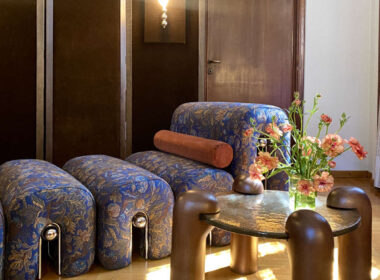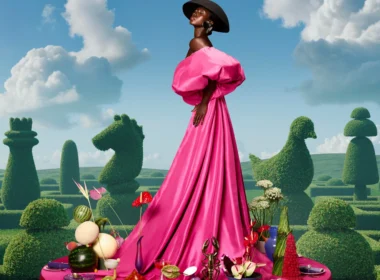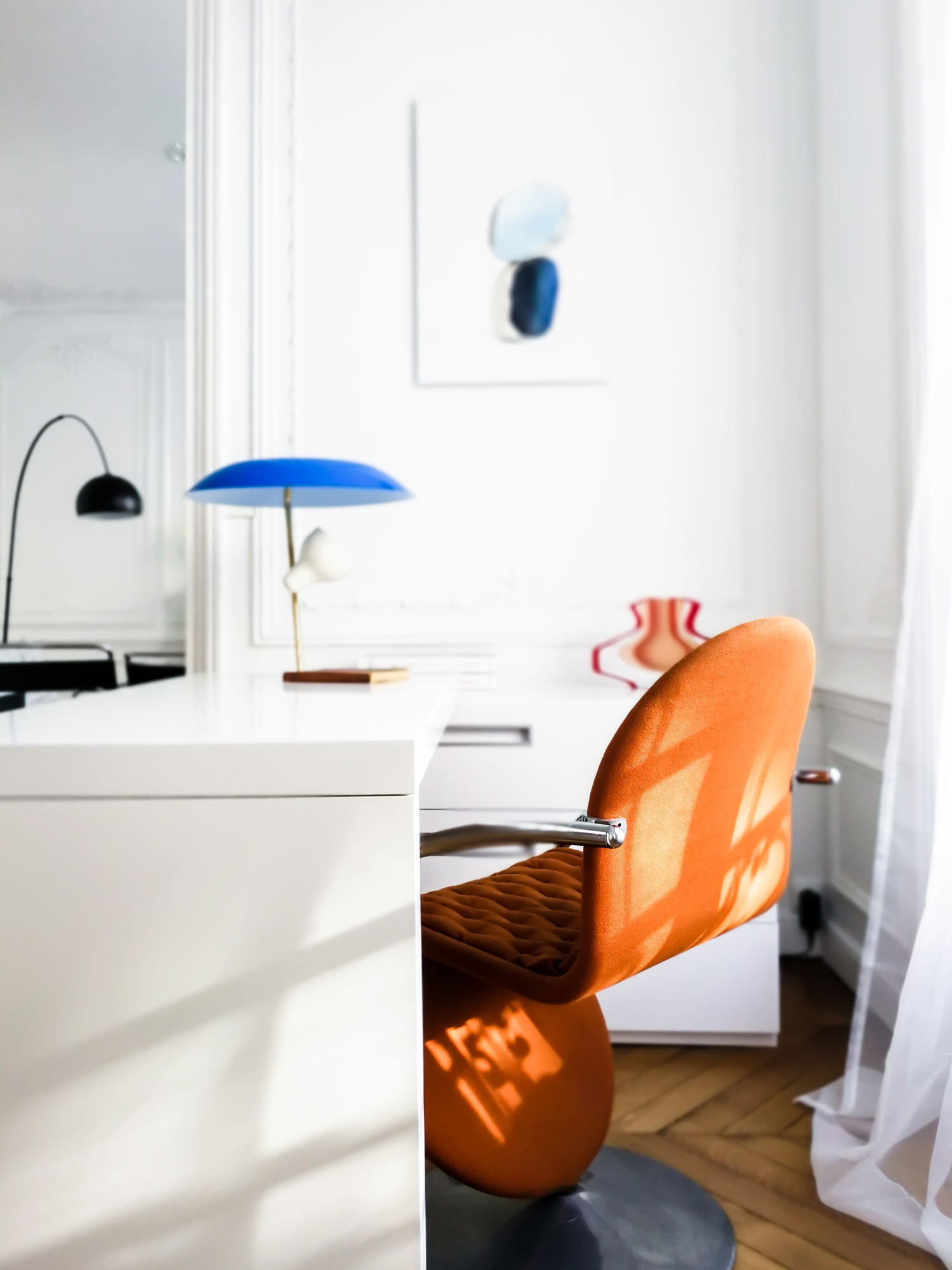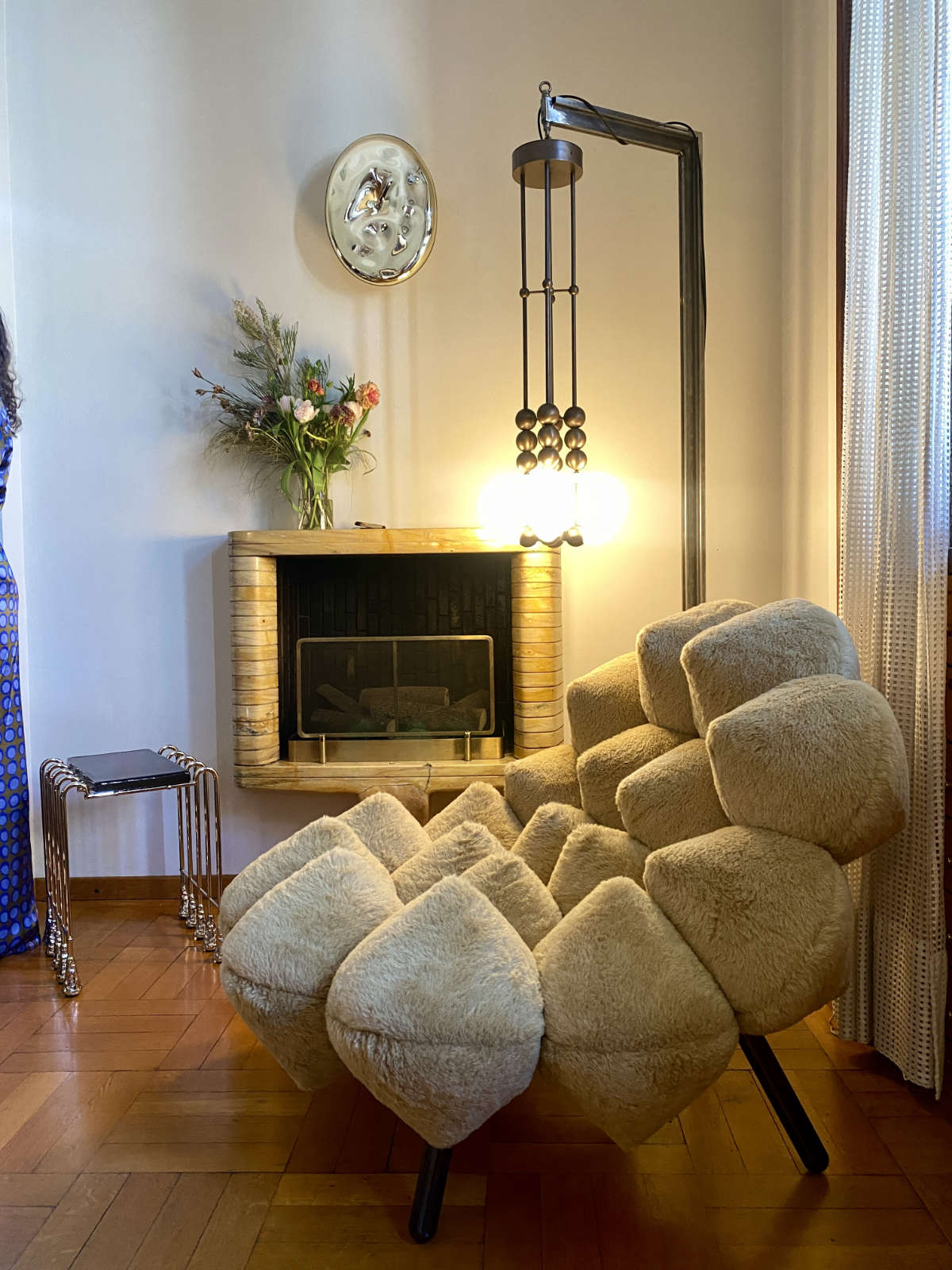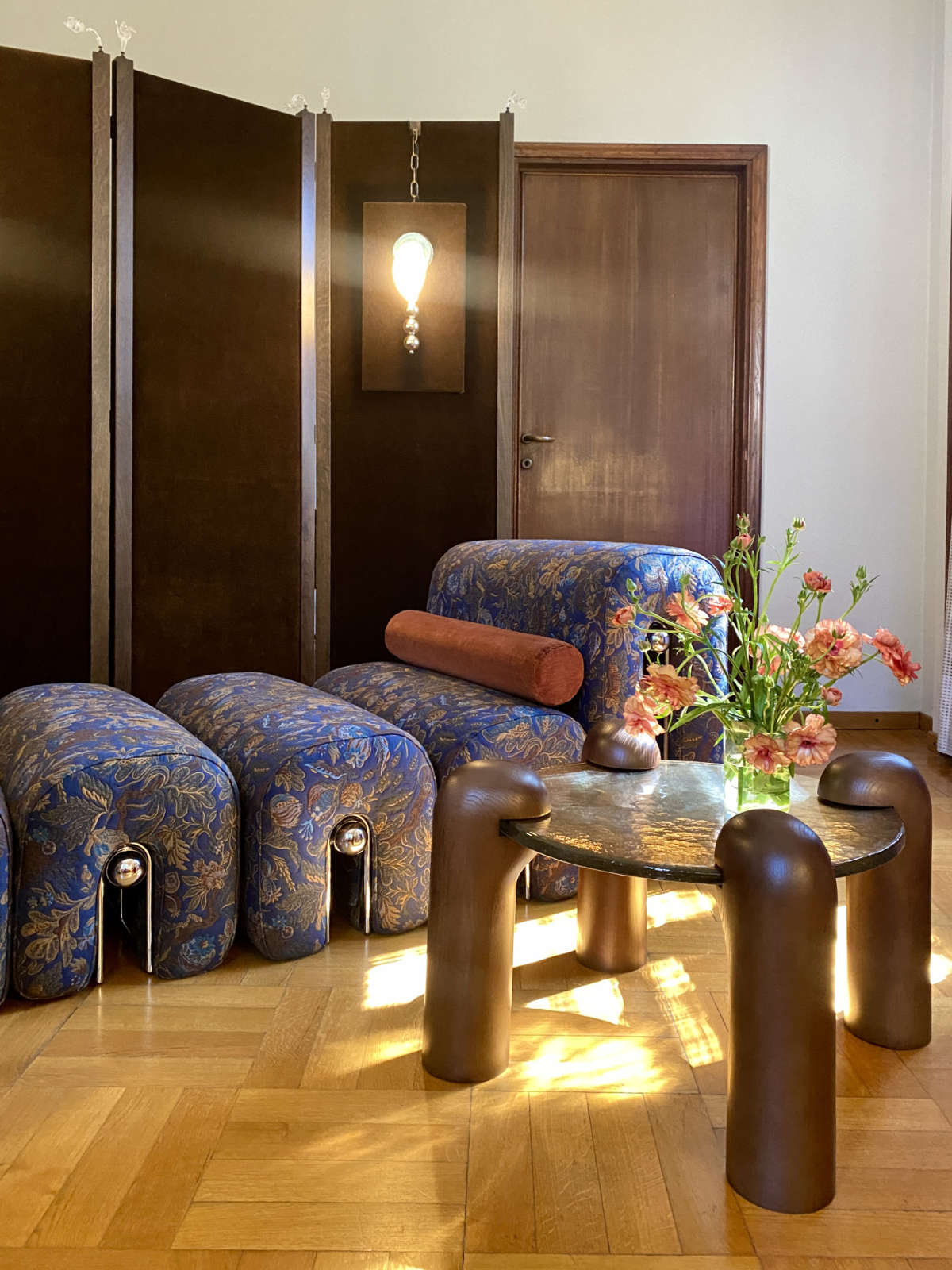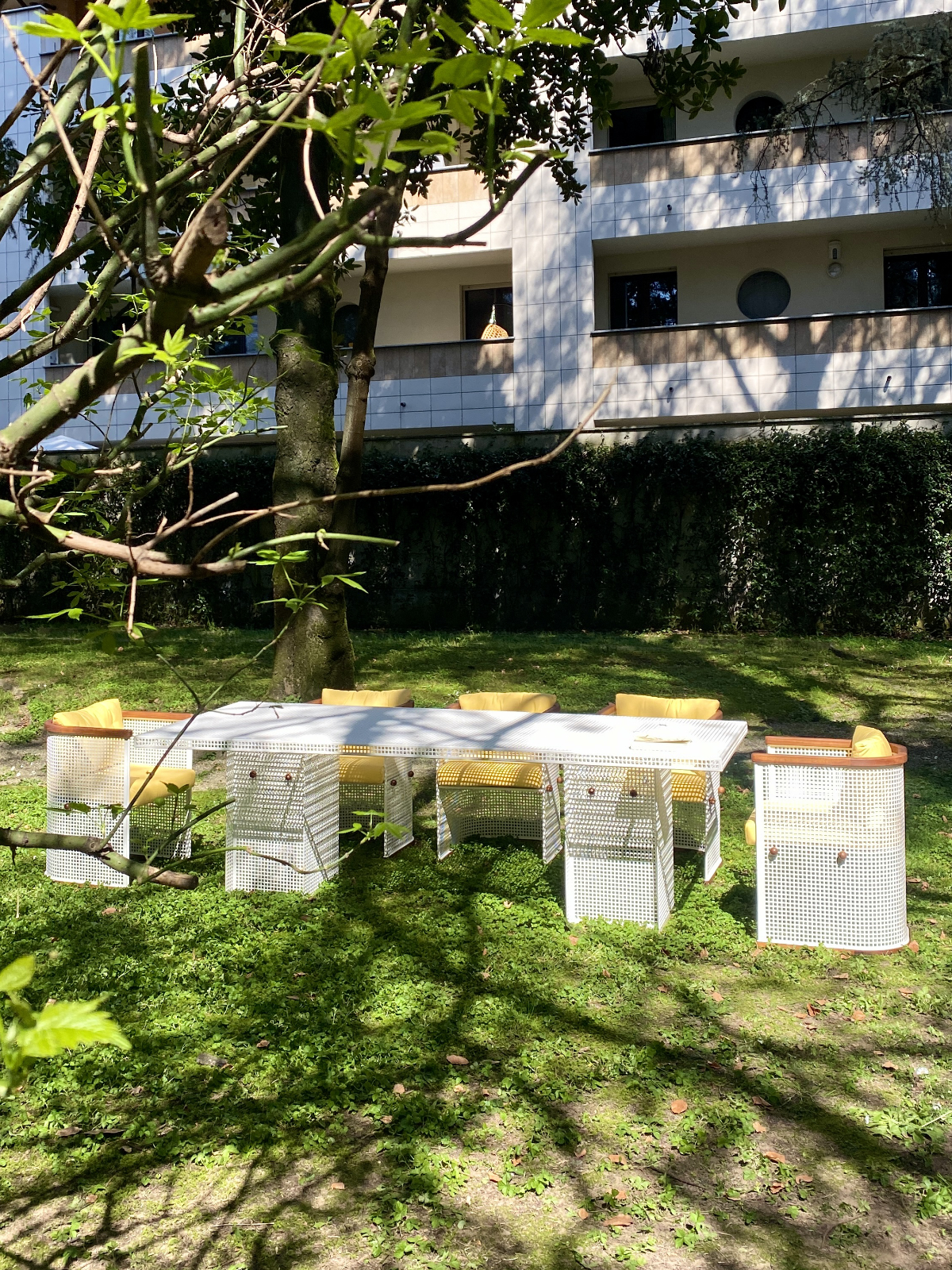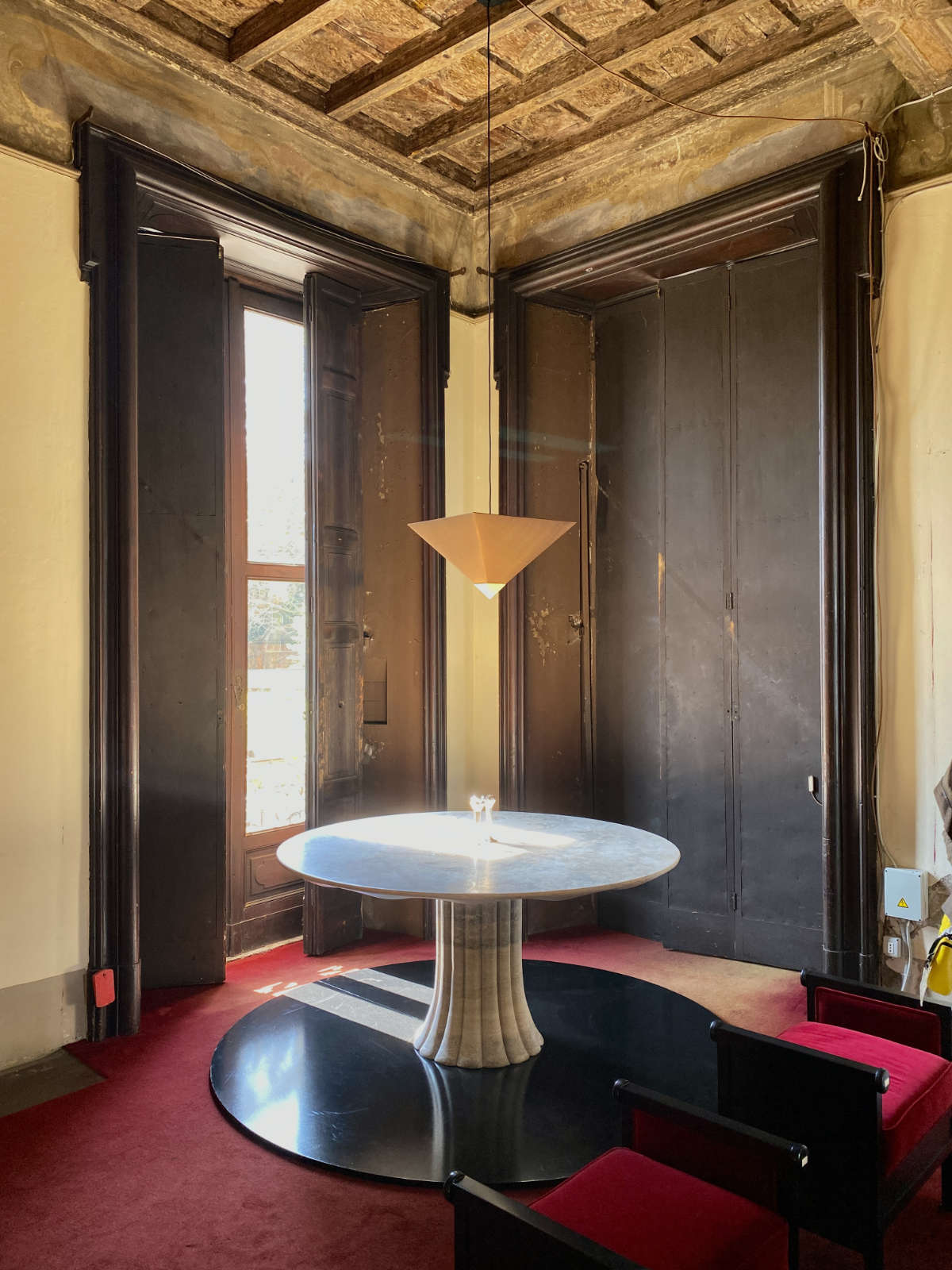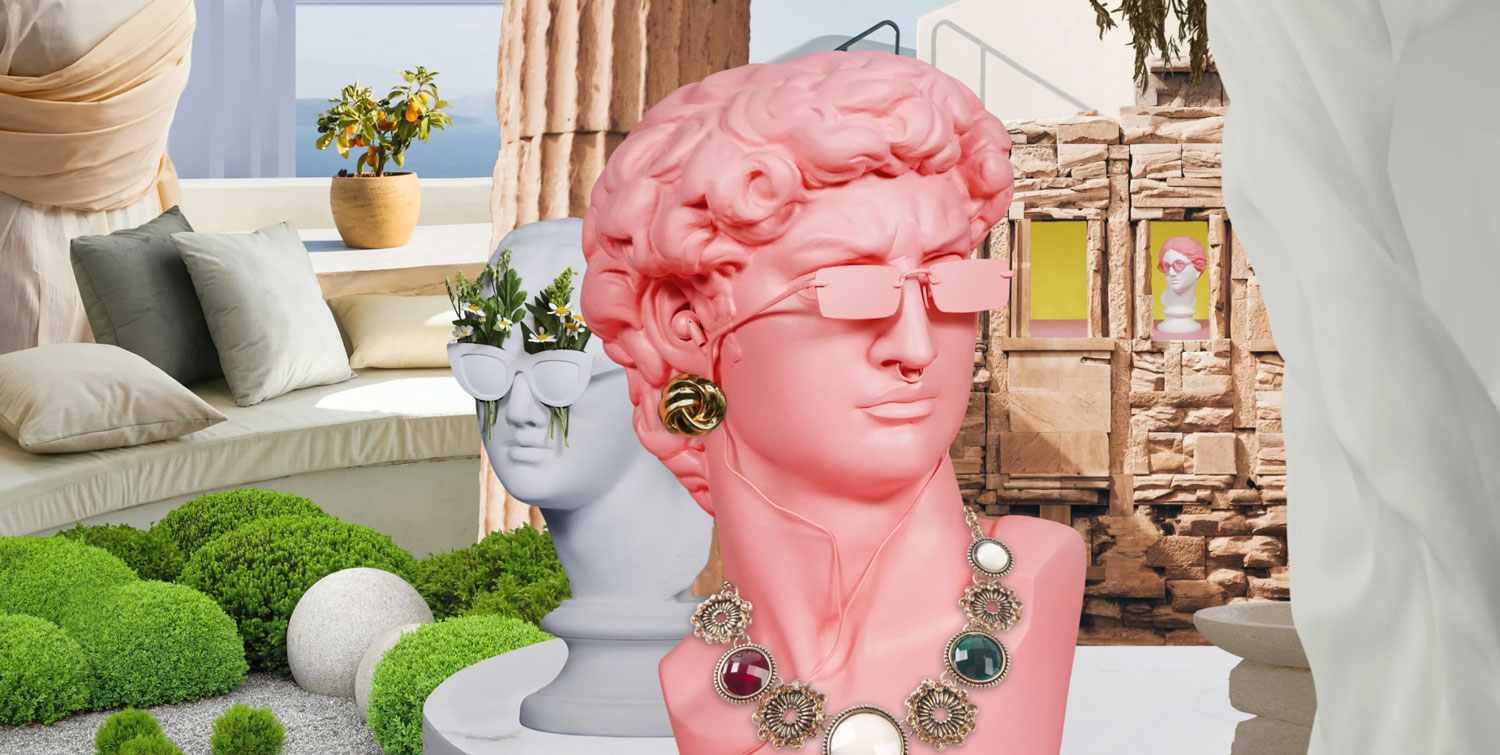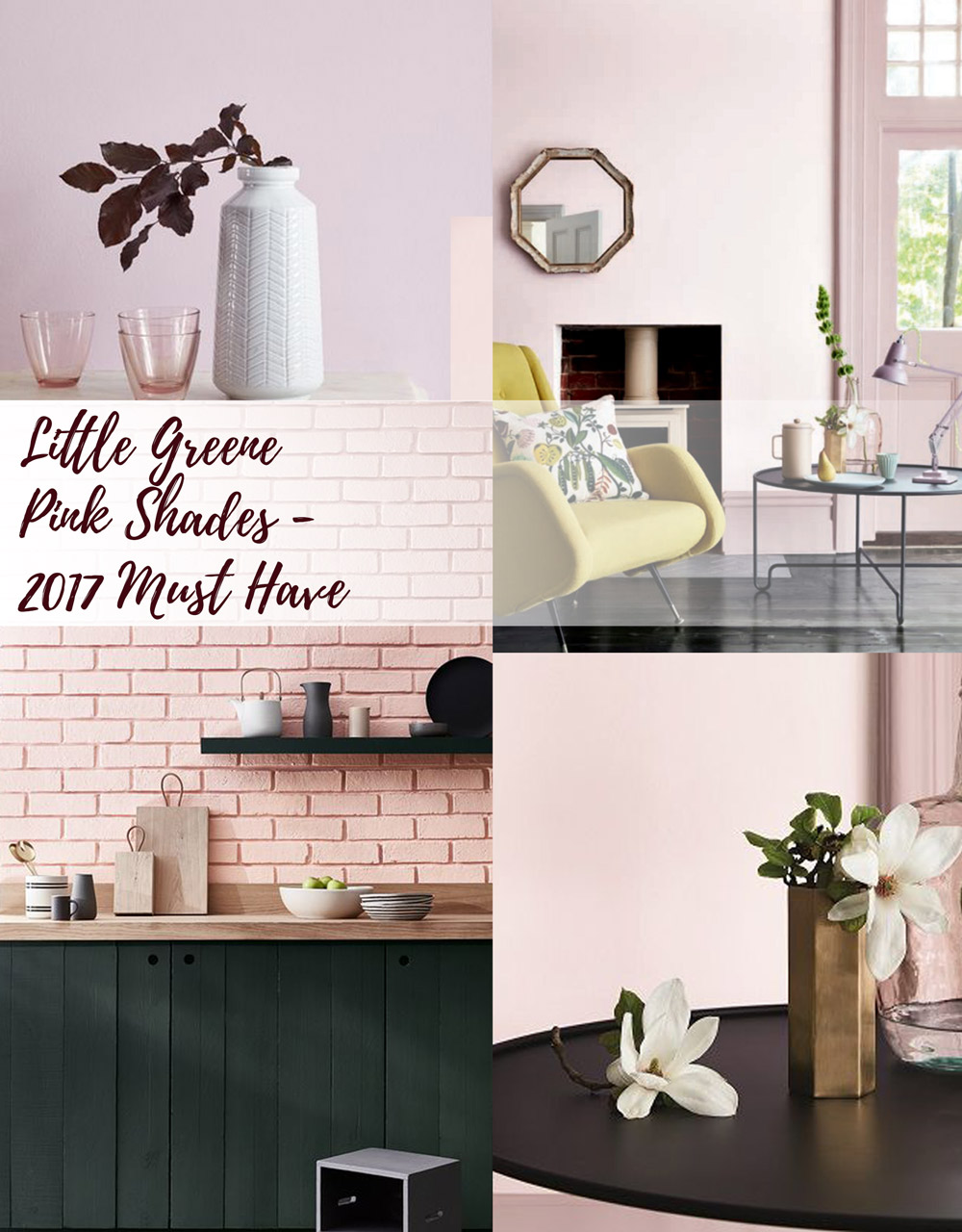Interior Design Trends 2026 are already being shaped by the next generation of talent. At Milan Design Week 2025’s Alcova showcase, a group of emerging designers revealed where the future of interiors is heading: bold sculptural forms, fragile poetry in materials, and a return to slow, tactile luxury.
From Mati Sipiora’s cosmic chair to Soft Witness’s mohair screens and Jean-Baptiste Anotin’s brutal elegance, these names prove that the future of design doesn’t belong to the biggest brands but to independent voices redefining how we live. These are the emerging designers 2026 to keep an eye on.
Bohinc Studio - Geometry with Soul
SIGN UP NOW AND GET LATEST DESIGN NEWS TO YOUR INBOX
Most beautiful boutique hotels, restaurants, home tours and interior design trends
Thank you!
You have successfully joined our subscriber list.
Geometry, reimagined as tenderness.
Lara Bohinc, trained in Ljubljana and London, founded Bohinc Studio in 2016 after a decade with Cartier. During Milan Design Week 2025 at Alcova she presented Anima, a sculptural seating collection created with Maison Phelippeau and crafted in alpaca wool and steel.
Inspired by landscapes and dreams, Bohinc transforms strict geometry into soft, soulful forms. Her work proves that bold structures can also be intimate – a perfect reflection of how Interior Design Trends 2026 are blending sculptural presence with human warmth.

Mati Sipiora - Playful Monumentality
At Alcova, Mati Sipiora presented the Phantom Chair and the Meteor Lamp, pieces that combine polished steel with cosmic textures. His work balances bold monumentality with a playful spirit, turning simple furniture into micro-architecture.
A graduate of the Academy of Fine Arts in Katowice, Sipiora brings fresh Eastern European energy into global design. His pieces are futuristic, tactile, and designed to start conversations.

Soft Witness - Fragile Poetry
Founded by Whitney Krieger, Soft Witness presented In Repose at Villa Borsani during Alcova 2025, an installation that framed fragility not as weakness but as luxury. Krieger’s practice sits between art and design, treating objects as emotional narratives rather than static décor.
Several standout pieces drew visitors in:
The debut Cono Chair, upholstered in camel-hued alpaca mohair — sculptural yet inviting.
Tienilo, a table series in smoked glass with dark ash legs, marrying transparency with weight.
The Sfondo divider screen, draped in wool mohair and crowned with Sbiaccamo, hand-sculpted Murano glass finials that echo the fleeting beauty of flowers.
Each piece embodies impermanence, vulnerability, and sensual tactility. In a design landscape often dominated by permanence and polish, Soft Witness offers the opposite: poetry, subtlety, and atmosphere.
Here, fragility itself becomes collectible — an aesthetic of vulnerability rendered as furniture.
Jean-Baptiste Anotin - Brutal Elegance
In 2021, French designer Jean-Baptiste Anotin founded Waiting For Ideas, a Paris-based studio that operates at the crossroads of art and design. His approach is unapologetically bold: sculptural furniture, installations, and retail concepts that blur boundaries and challenge expectations.
At Alcova 2025, Anotin’s work stood out for its brutal elegance. A monumental armchair in brushed metal played with sharp geometry, transforming raw industrial surfaces into something architectural yet inhabitable. It was less a chair, more a provocation – an object that commands the room.
Through Waiting For Ideas, Anotin collaborates with brands like Kith, Lacoste, and Reebok, as well as cultural institutions like the Mobilier National. His projects often involve cross-disciplinary dialogues with artists, painters, and photographers, reinforcing his belief that design is not decoration but narrative.
In an age where interiors often seek softness, Anotin’s language is one of confrontation: bold silhouettes, graphic precision, and materials pushed to their extreme. Yet there’s a sophistication that makes these pieces more than brutalist experiments – they’re statements, sculptural anchors around which a space can be built.
Design, here, is not neutral. It demands attention, and it earns it.
Photo credit: @mathildehiley

Studio Lugo - Anatolian Dream
Studio Lugo, led by Doruk Kubilay in Istanbul, unveiled Anachron at Alcova 2025 (Villa Bagatti Valsecchi), a collection that feels both archaeological and futuristic. Drawn from Anatolia’s agrarian rituals, it reimagines wooden rods and steel bells swaying like herds under sky, while shadows and light move through Kutnu fabric – a traditional woven textile once gracing Ottoman palaces.
In this series, softness and structure converse. Horsehair curves meet linear steel; warm woods echo craft traditions; modular totens and consoles invite touch and ritual. Kubilay isn’t chasing spectacle – he’s asking how memory, craft, and design can cohabit in everyday objects.
In Anachron, every piece feels like folklore made furniture.

Lemon - The Archive Reimagined
At Alcova 2025, Lemon didn’t just show furniture. They staged a cinematic encounter across two historic villas, Bagatti Valsecchi and Borsani. Titled A Room with a View, the installation blurred eras, setting contemporary pieces against frescoed walls and marble staircases.
Lemon’s strength lies in its refusal to chase novelty. Creative Director Kevin Frankental begins not with moodboards but with archives – films, fashion photography, design history. From there, each collection becomes a dialogue between nostalgia and reinvention.
The Conservatory Collection by Yaniv Chen marked Lemon’s debut in outdoor furniture, reworking Josef Hoffmann’s 1905 patterns into perforated steel chairs and loungers that dapple light like lace.
The Suspiria Collection transformed Turin’s esoteric past into silk and onyx lighting, objects that feel like relics charged with atmosphere.
Frankental’s Keys Collection looked back to early 20th-century structure, layering Deco elegance with contemporary restraint.
Together, the collections suggested a philosophy: romance is not retro, if it is built to last. Lemon’s work is theatrical but also deeply functional – furniture that belongs as much to a villa garden as it does to a modern apartment.
Design that seduces not by being new, but by making the past shimmer again.
Studio Musa - Rituals Made Monumental
Everyday gestures, elevated into architecture
Stepping into the breathtaking Villa Borsani during Milan Design Week 2025, visitors were drawn to the right wing, where a striking installation invited them to pause: Studio Musa’s Nova Bar. Founded in 2020 by Francesca Malagni and Rebecca Peretti, the Milan-based duo unveiled an aluminum bar cabinet that unfolds into a table and stools upholstered in deep violet cushions — where cold chrome meets the warmth of velvet.
Minimal yet theatrical, Nova Bar reimagines the glamour of 1970s bar furniture for contemporary living, transforming a simple ritual into a sculptural, immersive experience.

Source Édition - Heritage Renewed
Proof that heritage, carefully revived, is a future resource.
Launched in 2025 by Isabelle de Ponfilly and Joséphine Bursacchi, Source Édition debuted at Alcova with faithful reissues of iconic designs from the 1950s–1970s.
Highlights included André Monpoix’s seating (once used by Simone Veil) and Turenne Chevallereau’s modular tables, revived in collaboration with France’s Mobilier national. Each re-edition is produced sustainably in Europe, bridging past and present.
SIGN UP NOW AND GET LATEST DESIGN NEWS TO YOUR INBOX
Most beautiful boutique hotels, restaurants, home tours and interior design trends
Thank you!
You have successfully joined our subscriber list.

Emerging Designers and the Future of Interiors - Interior Design Trends 2026
Milan Design Week’s Alcova proved once again that the most exciting ideas often live outside the spotlight. These eight studios – from Mati Sipiora’s playful monumentality to Soft Witness’s fragile poetry – show us where interiors are heading: slower, more tactile, and more deeply human.
They may not yet be household names, but they are already shaping the vocabulary of tomorrow. These are the emerging designers 2026 to keep an eye on, carrying forward a vision of interior design trends 2026 that will define the years ahead.

